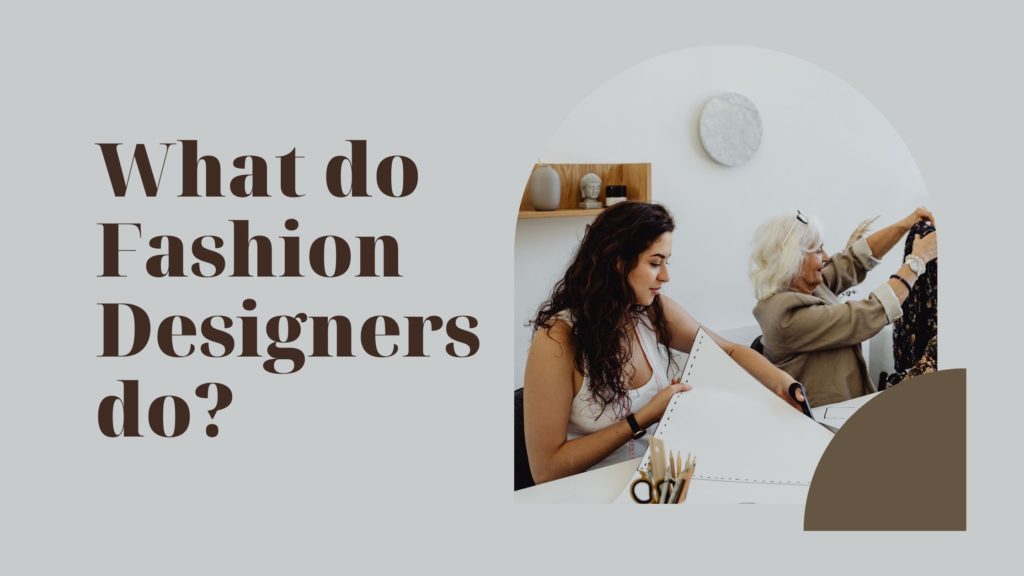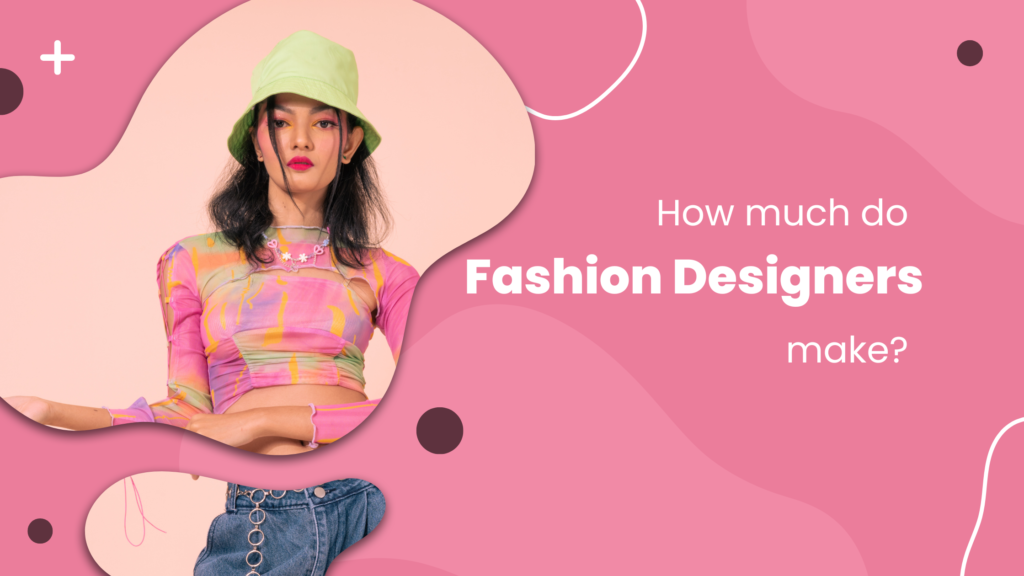Introduction: In the dynamic world of fashion, the role of a fashion designer goes beyond sketching glamorous outfits. This blog post delves into the multifaceted responsibilities of a fashion designer, from conceptualizing designs to the intricacies of production.
Conceptualization and Trend Analysis: A fashion designer’s journey begins with a keen eye for trends and an understanding of their target audience. By tapping into the pulse of the fashion world, designers draw inspiration and conceptualize unique ideas that resonate with their customers.
Color Palette and Fabric Selection: Translating concepts into tangible designs involves the careful selection of colors and fabrics. A fashion designer meticulously curates a color palette that complements the chosen theme, while also considering seasonal appropriateness. The choice of fabrics is equally crucial, as it impacts the overall look, feel, and functionality of the garments.
Styles and Silhouettes: The artistry of a fashion designer shines through in the creation of styles and silhouettes. Balancing aesthetics with market trends, designers craft garments that not only reflect their creative vision but also align with consumer preferences. This process involves a deep understanding of garment construction and patternmaking.
Assortment Editing: Crafting a successful fashion collection requires a discerning eye for assortment editing. Designers must carefully curate the collection, striking a delicate balance between aesthetics and potential profitability. This involves making strategic decisions on which pieces will make the final cut, ensuring a cohesive and marketable assortment.
In-House Production and Custom Design: Some fashion designers take a hands-on approach to bring their creations to life. With skills in sewing, patternmaking, and garment construction, they have the ability to produce garments in-house. Custom fashion designers, in particular, specialize in creating bespoke, precisely fitting garments tailored to individual clients.
Outsourcing in Ready-to-Wear Fashion: For ready-to-wear fashion designers, the production process often involves collaboration with manufacturers. After providing manufacturers with samples, patterns, flat sketches, or detailed tech packs, designers oversee the production process to ensure the final products align with their original vision.
Conclusion: A fashion designer’s role is a dynamic blend of creativity, business acumen, and technical expertise. From the initial spark of inspiration to the final runway or retail display, designers navigate a complex journey, shaping the way we express ourselves through clothing. Whether working on custom pieces or ready-to-wear collections, the fashion designer’s impact extends far beyond the runway, influencing the way we perceive and engage with the world of style.



